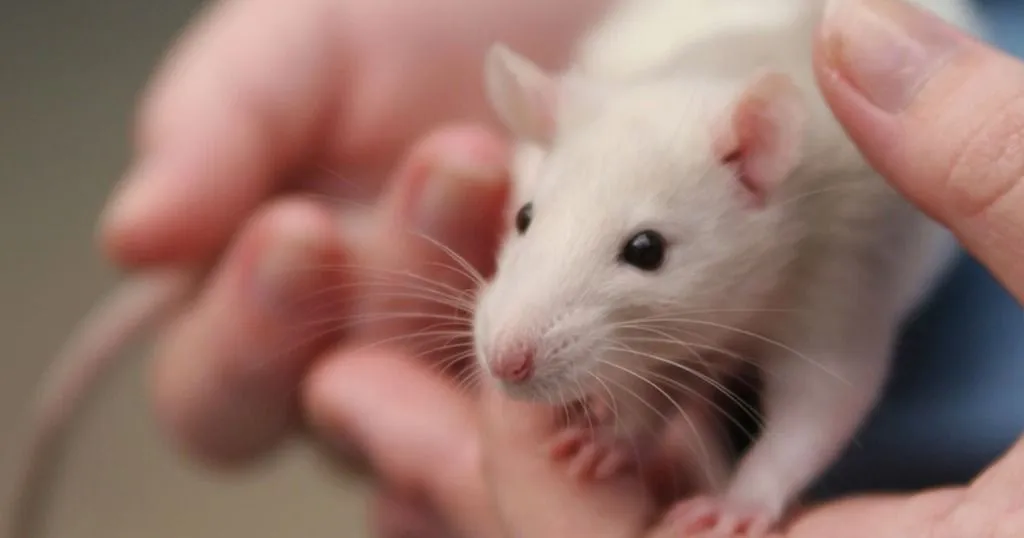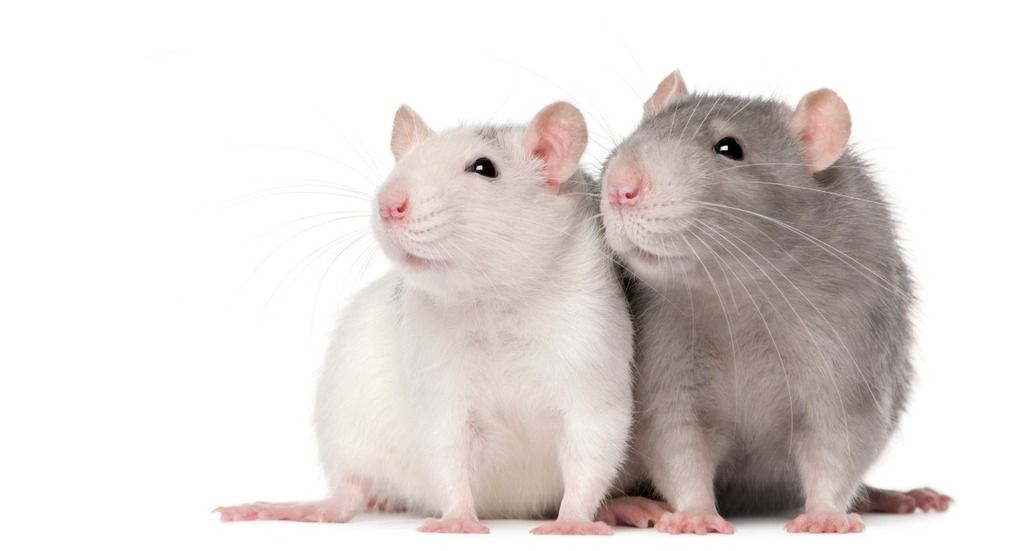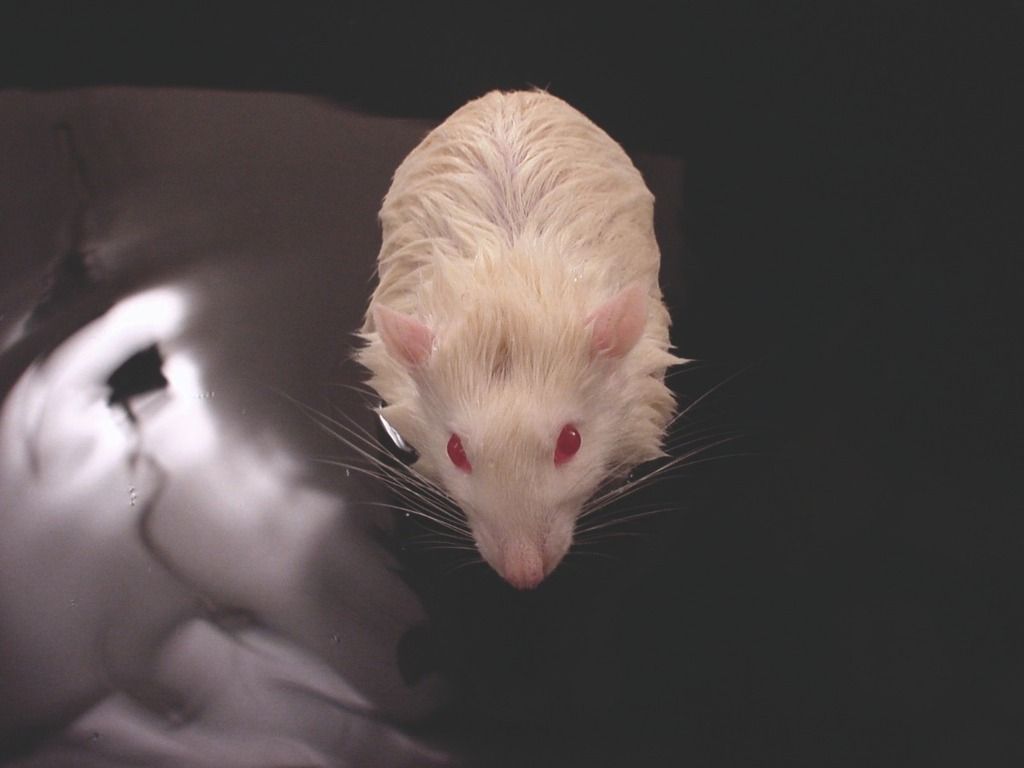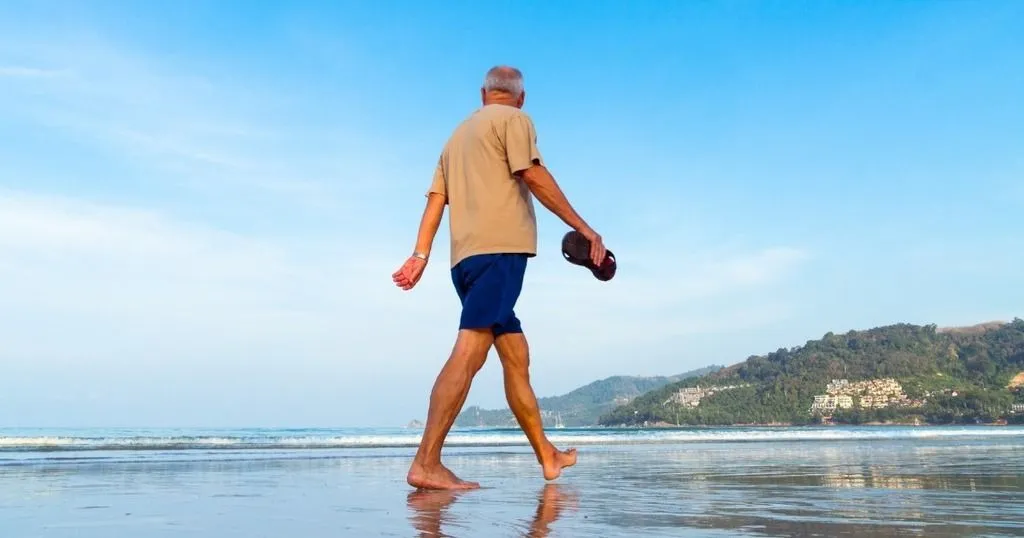How researchers use the Morris water maze to find treatments for Alzheimer's
In this first part of a two-part mini series, we highlight how potential Alzheimer’s disease treatments are being investigated using a Morris water maze.
Posted by
Published on
Thu 30 Jun. 2022
Topics
| Alzheimer's Disease | EthoVision XT | Morris Water Maze | Video Tracking |

Alzheimer’s disease (AD) is a prevalent neurodegenerative disease and the most common form of dementia in the USA and western Europe. Therefore, research is being done continuously in order to find potential treatments, and some look quite promising.
I would like to highlight four recent studies. Two in this article, and another two in a second post next month.
Every study used the Morris water maze (MWM) for testing the effectiveness of their potential treatments. The studies in this blog were conducted by scientists from Shenyang in China, who tested a molecule called SPG302, and from California in the USA, who chose vitamin D as a treatment. I personally think it is impressive that vitamin D might actually help with AD!

Spatial memory and the Morris water maze test
All four studies used an AD mouse model. The treatments described below were tested for effectiveness through various paradigms, including the MWM. This test was used to survey the animals’ spatial memory, as a reference for the effectiveness of the treatment. The test itself went swimmingly, and below you will find out how the treatments went.
Pools
Depending on the study, the mice were trained to locate a platform in a circular pool of 100 - 150 cm diameter. The pools were divided into four quadrants, and the platforms were located in a fixed position inside one of these quadrants, about 1 cm under the surface of the water.
The platform was invisible to the mice by making the water opaque, so they had to fully rely on visual cues. Each animal was put inside the pool at a random location, after which it swam until it found the platform (hopefully they all brought their swimming diploma). Once they reached the platform, the mice were taken out after a few seconds. If it took them more than 60 seconds, they were guided to the platform by the researchers and also kept there for several seconds. This is meant to help them memorize the platform location.

Training
For several days, the mice were trained in finding the platform, during which their speed at locating it showed the (in)effectiveness of the training (or the mice’s ability to use a GPS device). The AD mice are not expected to learn that fast, unless the treatment turns out to be effective. After the training bouts, the platform was removed and the mice were supposed to locate it from memory. Paying enough attention during the training certainly helped here!
Analysis
The probe trials were recorded, and the resulting videos were analyzed using Noldus EthoVision XT. For each mouse in the tests many water maze-specific parameters were tested. Examples are escape latency to platform, visits to, and time spent in, the target area, distance traveled in each quadrant, and many more.
Different kinds of treatments
As mentioned before, each study researched a different kind of treatment. Two of these are explained here, and the other two will be in part II of this mini series.
Novel molecule
In the study of Estrada et al. (2021), mice were treated with a novel spinogenic molecule called SPG302, which is a small molecule with a hard name and impressive power. It is capable of inducing regeneration of synapses, making it a good candidate for a potential AD treatment. Three groups of AD model mice were treated daily with this molecule, for 4 weeks. Each group received either a vehicle, or a light or strong dose of the molecule. As a control, wild type mice received the same treatments.
Results
The AD mice that received the SPG treatment showed significant improvement in their spatial memory, and their escape latency even came close to that of the wild type mice. The same is true for their frequency and duration of visits to the target area. Since no significant influence on distance traveled and velocity were found, only memory could explain these results. Based on this data, it seems that SPG is capable of reversing memory deficits in the mouse model used in this study.
Vitamin D
Pan et al. (2021) have tested the effects of vitamin D on AD. Though the mechanism behind it is still unknown, vitamin D is known to improve memory, cognitive functions and learning in AD models (so working on a project in the sun seems like an even better idea now!). In this study, an OKA mouse model was used. In this model, okadaic acid is injected in the mice’s hippocampus in order to mimic AD. Half of the OKA mice and half of the control mice received vitamine D not through sunbathing, but in their drinking water for 3 weeks. The other half served as the control.
Results
The OKA mice treated with vitamin D had an increased escape latency, meaning they needed less time to find the platform. Their pathway length had also increased, and they had less center place crossings, meaning the mice searched more actively. Both indicate that vitamin D might be capable of decreasing memory difficulties in AD mice.
Potential AD treatments
Both SPG and vitamin D are able to significantly improve AD symptoms. SPG restores synapses, but the exact effect of vitamin D on AD is still unknown. The advantage of the SPG study is that it provides strong proof of its effectiveness as a future medicine, and on top of that there are no other approved treatments yet that address synapse loss. Vitamin D on the other hand has the advantage that it is already readily available, has known side effects and therefore could potentially be applied safely already to people suffering from AD.
References
Pan, Y., Zhang, Y., Liu, N., Lu, W., Yang, J., Li, Y., ... & Kong, J. (2021). Vitamin D Attenuates Alzheimer-like Pathology Induced by Okadaic Acid. ACS Chemical Neuroscience, 12(8), 1343-1350.
Trujillo-Estrada, L., Vanderklish, P.W., Nguyen, M.M.T., Kuang, R.R., Nguyen, C., Huynh, E., da Cunha, C., Javonillo, D.I., Forner, S., Martini, A.C. & LaFerla, F. M. (2021). SPG302 Reverses Synaptic and Cognitive Deficits Without Altering Amyloid or Tau Pathology in a Transgenic Model of Alzheimer’s Disease. Neurotherapeutics, 1-16.
Related Posts

10 behavioral studies on Alzheimer’s and Parkinson’s

Parkinson's disease research - Relevant measures in pre-clinical studies

